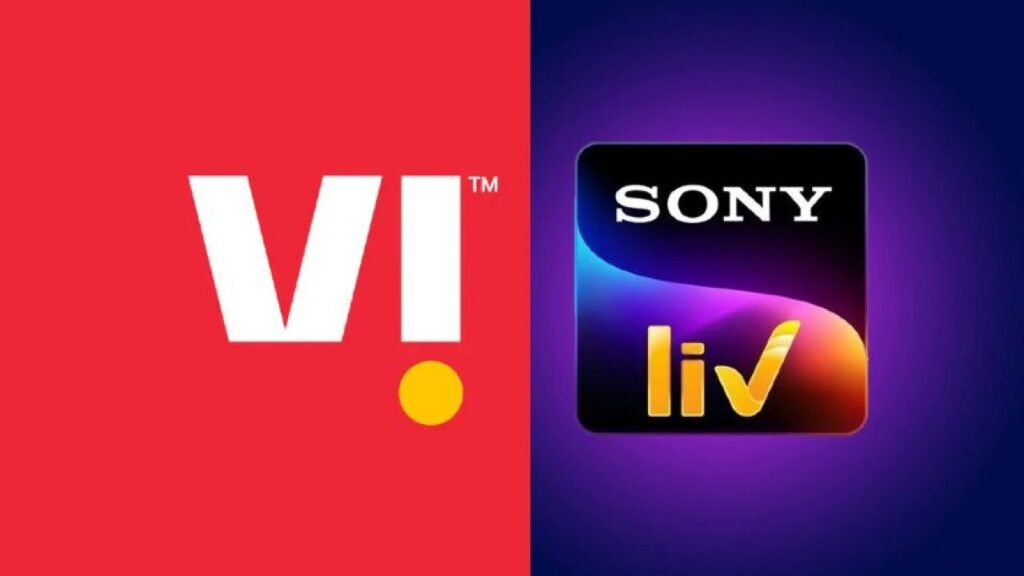India’s media and entertainment ecosystem expected to generate 53 billion dollars annually: I&B Minister Anurag Thakur
Anurag Thakur, the Minister of Information and Broadcasting, stated that India has the potential to become a global content subcontinent and a preferred destination for film post-production. The government’s plans, he said, are aimed at growing India’s media and entertainment ecosystem, which is estimated to generate 53 billion dollars annually. Mr. Thakur remarked during the India Forum on ‘India-The Content Hub of the World’ that Indian cinema has entertained not only Indians but also worldwide audiences. He stated that cinema has beautifully depicted India’s journey and that Indian cinema has played a significant role in portraying the country’s fight for independence. According to him, the Indian media and entertainment sector contributes significantly to the economy and serves as a global showcase for the country’s soft power. In the previous eight years, he noted, the government has taken many steps to enhance co-production and film shoots in the country. The government, according to the Minister, has established the Animation, Visual Effects, Gaming, and Comic (AVGC) task force, which is comprised of industry stalwarts, to prepare a policy roadmap for India to achieve a quantum leap in this sector. He stated that measures have been taken to preserve the country’s film heritage through digitization. According to him, the OTT market has enormous potential, with the country’s OTT market predicted to develop at a rate of 21% yearly. Among those present at the panel discussion were Prasoon Joshi, Chairperson of the Central Board of Film Certification and Veteran Lyricist, R Madhavan, Indian Filmmaker Shekhar Kapoor, Secretary Ministry of Information and Broadcasting Apurva Chandra, and others.



